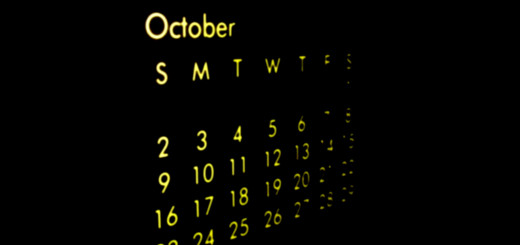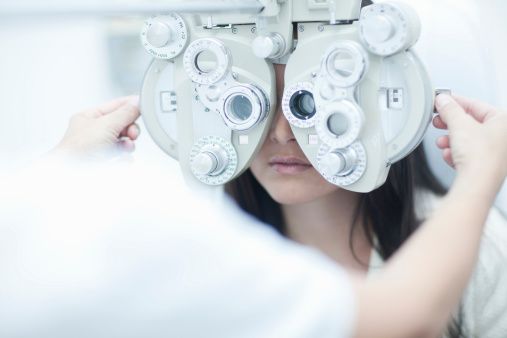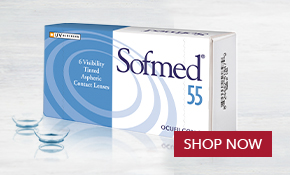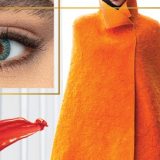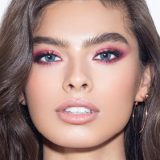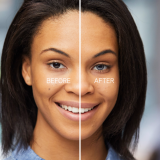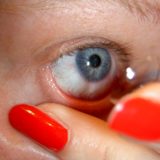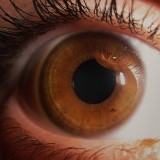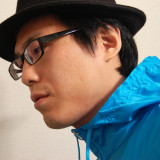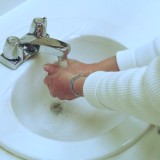How Do I Know That My Contacts Fit? Part 2: Fitting Multifocal Contact Lenses
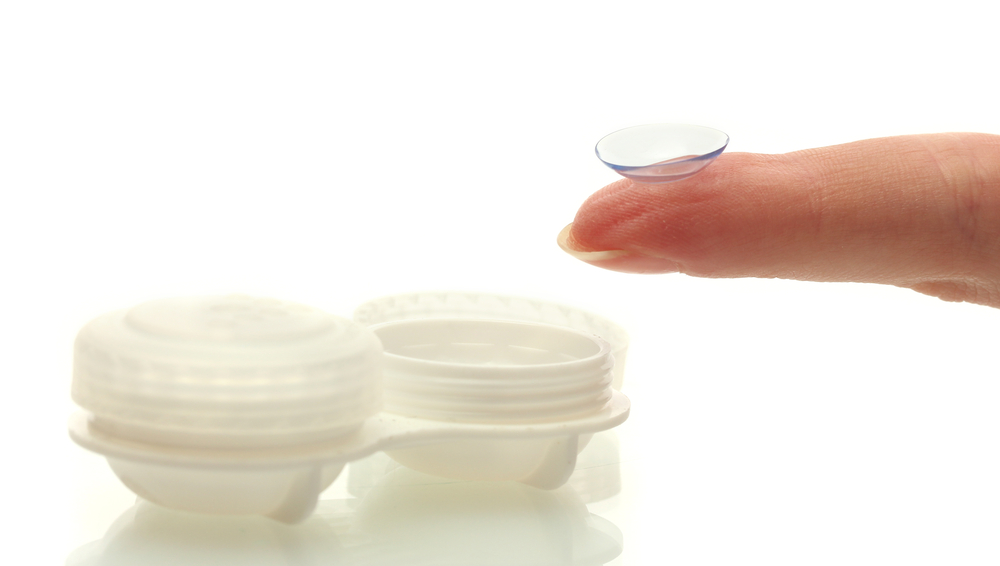 Contact lenses are amazing. Not only are they comfortable and discreet, they can correct many vision problems that traditionally required thick bifocals! Fitting multifocal contact lenses, or contact lenses for presbyopia, is a little more complex than fitting regular contact lenses. In Part 2 of “How Do I Know That My Contacts Fit Right?” we’ll explore adds for multifocal contact lenses and getting a fit that’s just right for you.
Contact lenses are amazing. Not only are they comfortable and discreet, they can correct many vision problems that traditionally required thick bifocals! Fitting multifocal contact lenses, or contact lenses for presbyopia, is a little more complex than fitting regular contact lenses. In Part 2 of “How Do I Know That My Contacts Fit Right?” we’ll explore adds for multifocal contact lenses and getting a fit that’s just right for you.
For those of us over the age of 40, presbyopia sets in and makes multifocal contact lenses a necessity. Presbyopia is the technical term for the gradual onset of difficulty seeing objects up close. If you already have issues with your distance vision, when presbyopia comes along you may suddenly find yourself needing vision correction to see far away and up close. This is when most people start wearing bifocals or when contact lens wearers have the option of trying multifocal contacts.
Reading Your Multifocal Contact Lens Prescription
When you see your contact lens prescription for multifocal lenses, it may look a lot like a regular contact lens prescription. It will include the power needed to correct vision in each eye (labeled as O.D. and O.S. for right and left, respectively). It will also contain your base curve, diameter, cylinder and axis. (Read more about cylinder and axis in part one of this series)
The biggest change you’ll find on your multifocal contact lens prescription is the addition of an “ADD.” Multifocal contact lenses come with a low, medium or high add. The “ADD” is the amount of magnifying power needed to help your up close vision. This part of your prescription will always be a positive number (+ 1.75 for example), even if the doctor leaves off the plus sign.
Multifocal contact lenses bundle ADD amounts into three groups: low, medium or high. Low add is a number up to + 1.25, medium is an add between +1.50 and +2.0, and high is an add of +2.25 up to +2.50.
Testing the Fit of Your Multifocal Contact Lenses
When checking the fit of your multifocal contact lenses, you’ll want to test to see if your contacts are allowing you to see well both near and far. With the lenses in look far away and see if you can see objects clearly. Then, look at your phone or small print held eight to twelve inches from your face and see if you’re able to read without struggle. If the letters or screen look blurry, you may need an additional add.
Just like with regular contact lenses, you’ll also want to make sure your multifocal contacts feel comfortable in your eye. If your lenses feel too dry or cause irritation, talk to your optometrist about trying a different brand or different style of contact lenses—like daily disposable lenses.
If you’ve never tried multifocal contacts, talk to the optometrist at your closest America’s Best about whether or not they’re right for you.

